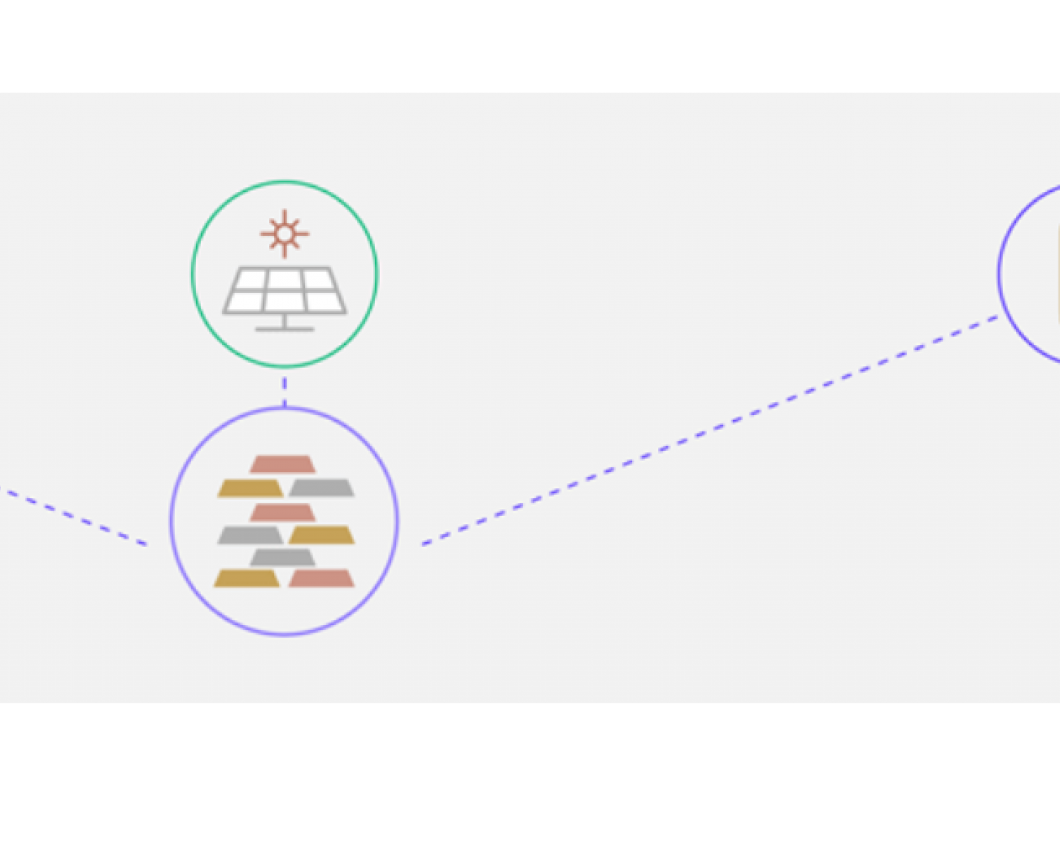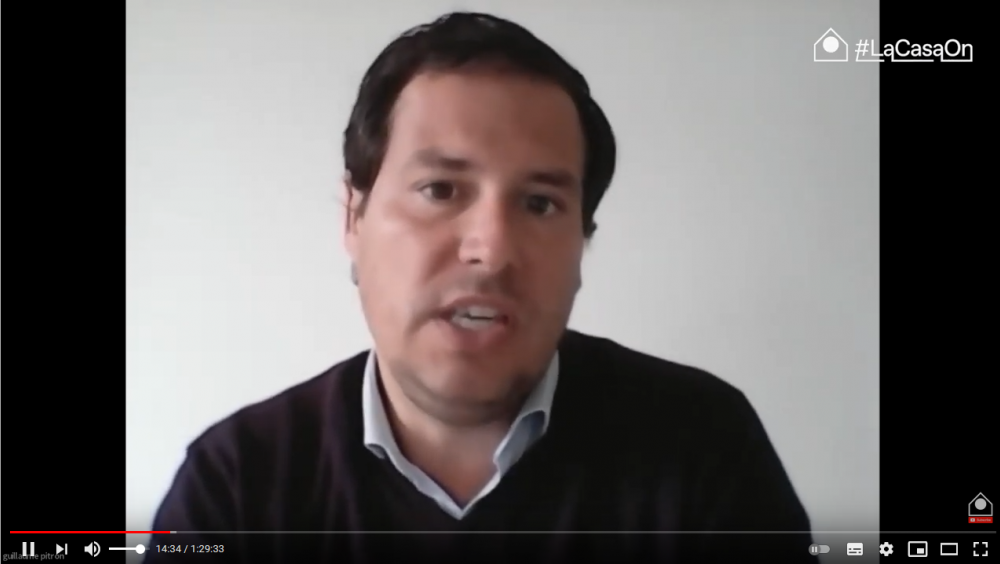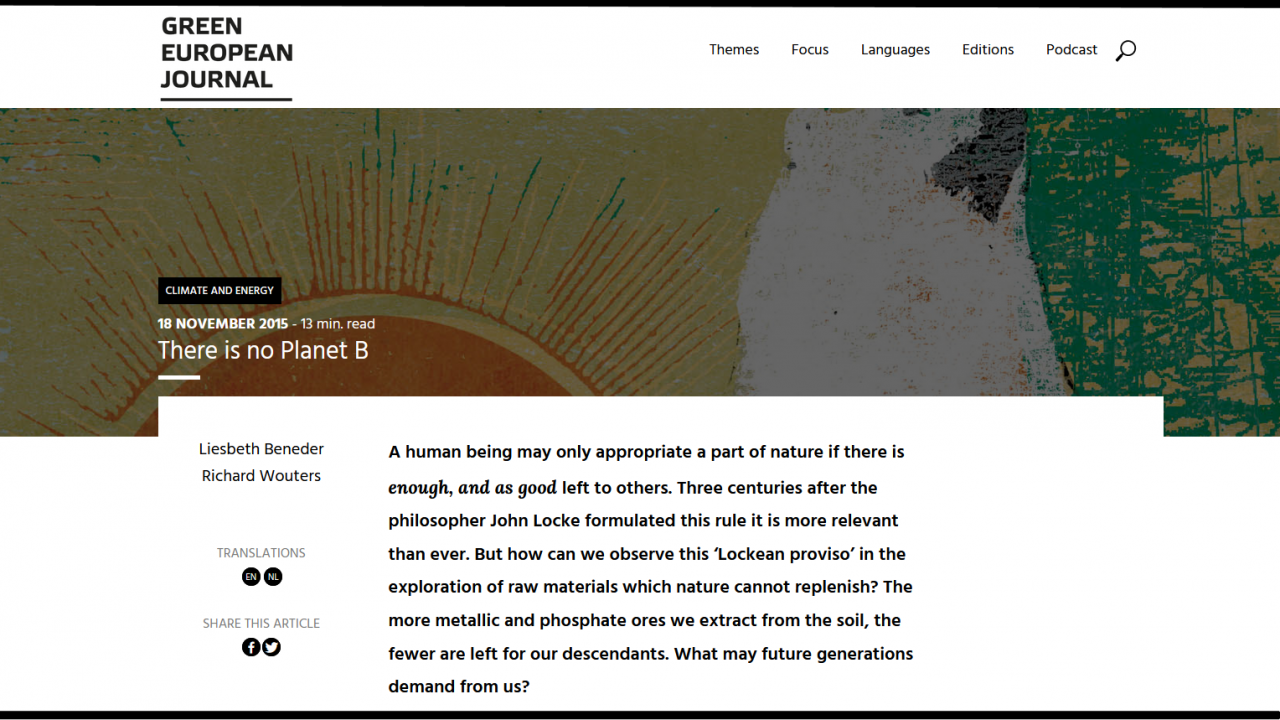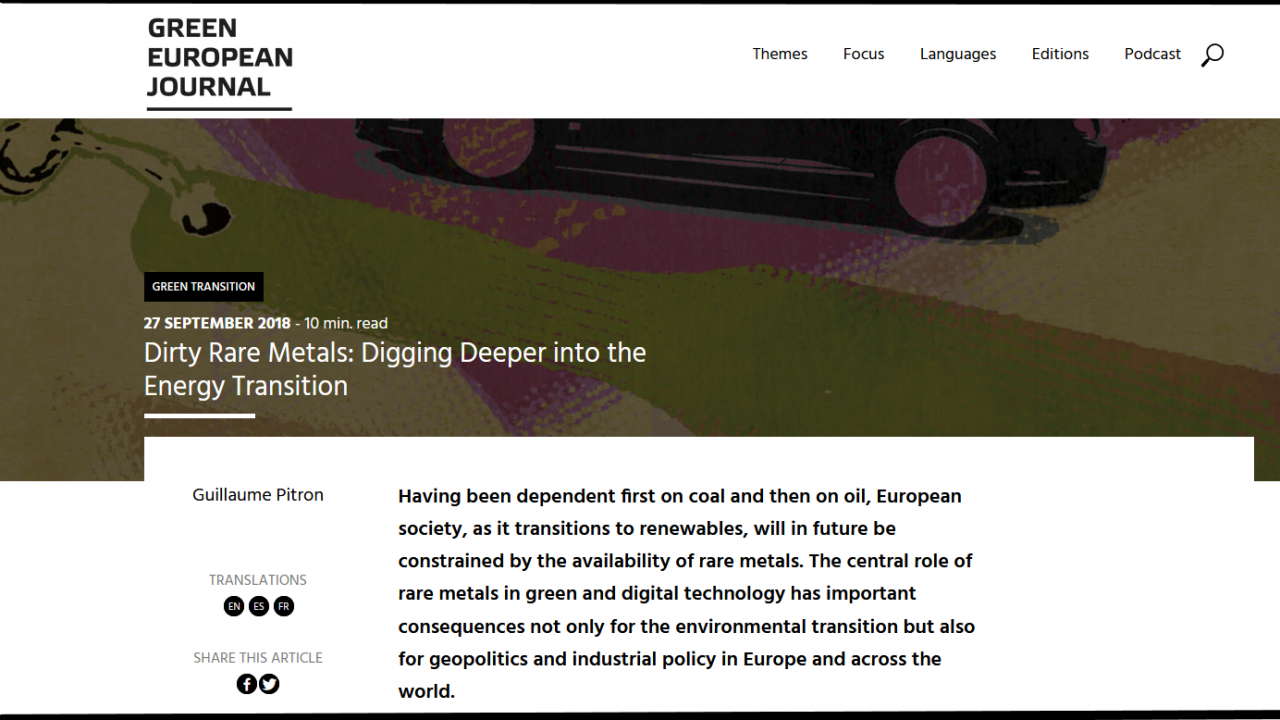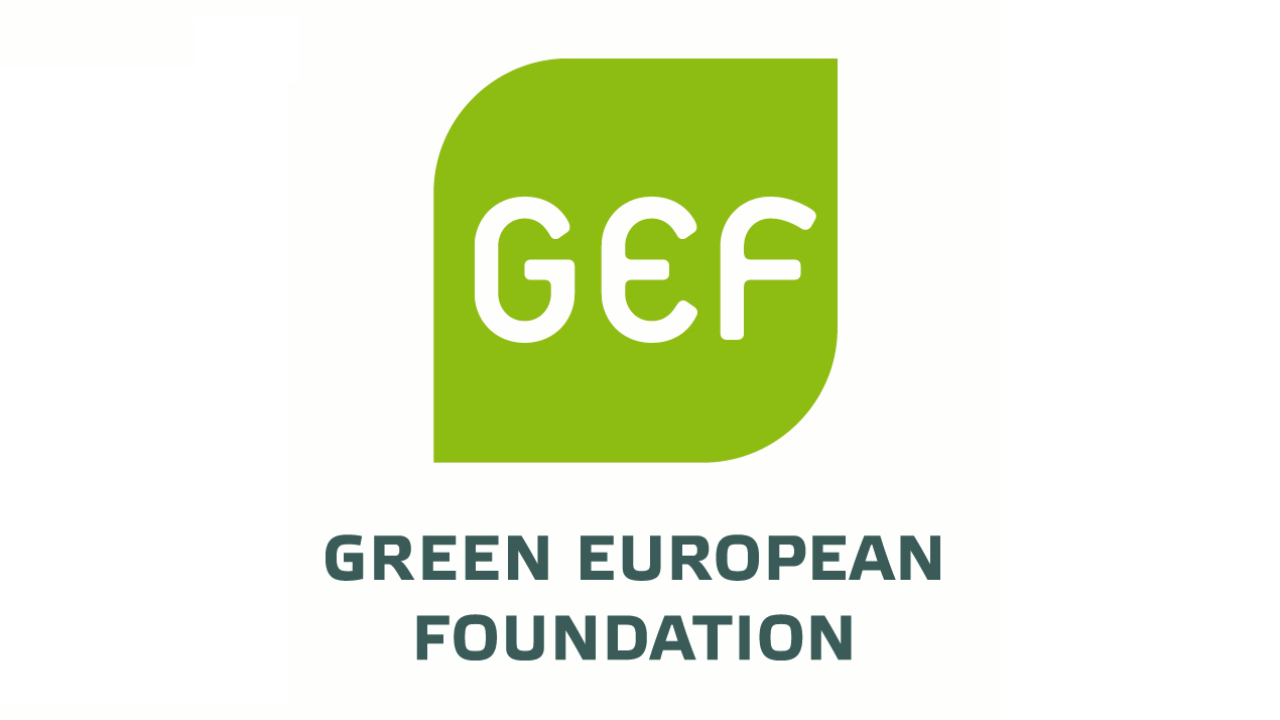The technologies required for a green and digital Europe use the majority of the elements in the periodic table. Some of these elements – mainly metals – are scarce or may become so due to rising demand, depletion, or conflicts. The list below is not exhaustive.
Cobalt
Cobalt is a metal with high energy density and high resistance to heat and wear. It has many applications, from high-performance alloys to catalysts and magnets. Its main use is in rechargeable batteries for electric vehicles, as well as smartphones and other electronic devices. Most cobalt is extracted as a by-product of copper and nickel production. About 60 per cent of global supply comes from the Democratic Republic of the Congo, where mining is fraught with abuses. Over 60 per cent of refining takes place in China. Within the EU, cobalt is mined in Finland, which accounts for 1 per cent of global production.
Copper
Copper conducts electricity and heat extremely well. This makes it an essential ingredient of renewable energy production and digitalisation. However, copper is the scarcest of the base metals. Whereas in the late 19th century, the average ore grade of mined copper was between 10 and 20 per cent, it has since dropped to 0.5 per cent. (6) Nowadays, to obtain one tonne of copper, 200 tonnes of rock must be mined. Almost half of the mining waste ever produced comes from copper extraction. (7) The main copper-mining countries are Chile, Peru, and China. The EU’s share in the global production of virgin copper is 4 per cent, with Poland as its biggest producer.
Indium
Indium is a key ingredient in the manufacturing of thin films that combine electrical conductivity with optical transparency. These films are used in flat-panel displays and touchscreens, as well as in flexible, lightweight solar cells. Indium is produced mainly as a by-product of zinc refinement. China accounts for half of global production.
Lithium
Since lithium is the lightest-weight metal, batteries that transfer lithium ions between the electrodes have high energy density. Moreover, they are rechargeable. These properties make lithium-ion batteries ideally suited for use in portable devices and electric vehicles. The main lithium-mining countries are Australia, Chile, and China. In Chile, lithium extraction is meeting growing resistance due to the role it plays in accelerating desertification. Lithium mining projects are currently being planned at sites across the EU, from Finland to Portugal. Most lithium refining takes place in China.
Nickel
The main use of nickel is in stainless steel, to which it adds strength and corrosion resistance. Because of its high energy density, nickel is of growing importance for batteries. Some electrolysers also require nickel. Indonesia, the Philippines, and Russia are the main nickel-mining countries. The EU’s share in the global production of nickel ores is 2 per cent; Greece and Finland are the EU's biggest producers. Nickel ore grades have dropped to below 2 per cent. As a result, waste from nickel mining and smelting poses a significant problem, often causing serious water and air pollution.
Platinum-group metals
In mineral deposits, platinum often occurs together with five other metals with similar properties, including palladium and iridium. They are powerful catalysts, meaning that they can accelerate chemical reactions without themselves being changed. One such reaction is the splitting of water into hydrogen and oxygen via an electric current in electrolysers. The reverse reaction, whereby hydrogen reacts with oxygen to produce electricity in a fuel cell, also requires platinum-group metals. Both electrolysers and fuel cells are vital if we wish to tap the potential of green hydrogen as an energy carrier, a storage medium, a fuel, and a feedstock in a defossilised economy. One particularly efficient type of electrolyser requires both iridium and platinum. Because of its electrical conductivity and resistance to heat and corrosion, platinum is also of growing relevance for digital applications, including fast and low-power computer memories. About 60 per cent of platinum-group metals come from mines in South Africa, where discontent among miners as a result of poor wages and working conditions often leads to strikes.
Polysilicon metal
Silicon is a semiconductor – both a conductor and an insulator of electricity – and the base material for solar cells and computer chips. Silicon may well replace graphite in batteries in the near future as it has a far higher energy density. Polysilicon metal is produced from quartz sand, which goes through several refining stages in order to reach the purity required for photovoltaics and micro-electronics. Even though silicon is the second most abundant element in Earth’s crust, it remains subject to supply risks. Two thirds of polysilicon metal is produced in China, where the dark shadow of forced labour hangs over the silicon refineries. (8)
Rare earths
Rare earths are a group of 17 metals that are not so much rare as difficult to extract. Four of them – neodymium, dysprosium, praseodymium, and terbium – are in high demand for the manufacture of super-strong permanent magnets. These reduce the weight and size of electric vehicle motors, wind turbines, and digital appliances such as hard disk drives. China accounts for 60 per cent of the global extraction and 90 per cent of the refinement of rare earths. The processing of rare earths often generates toxic and radioactive waste. Leakage into waterways and groundwater has prompted Beijing to tighten environmental oversight of the sector.
